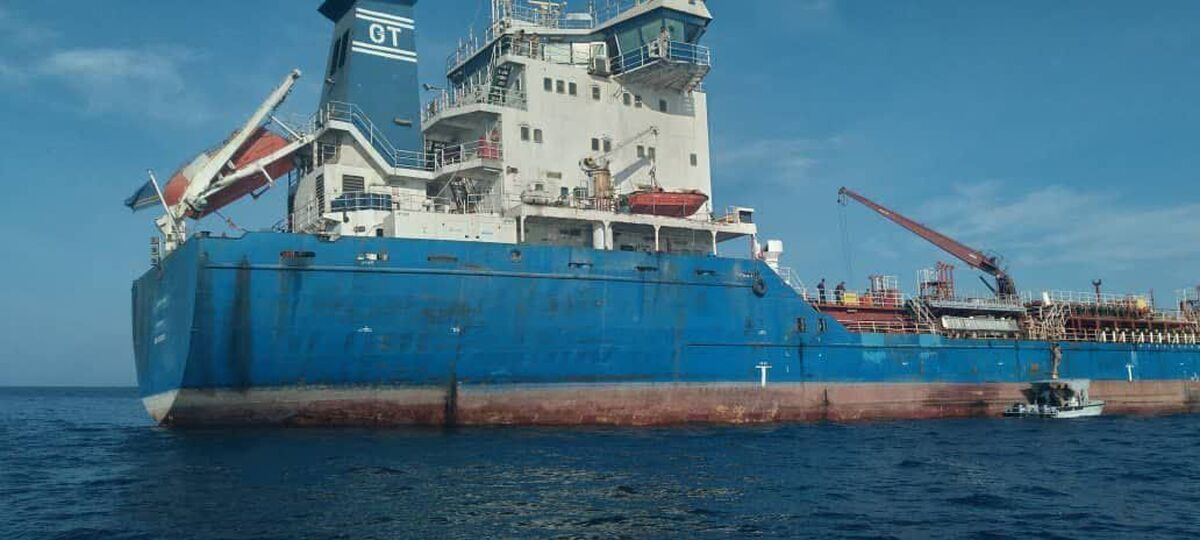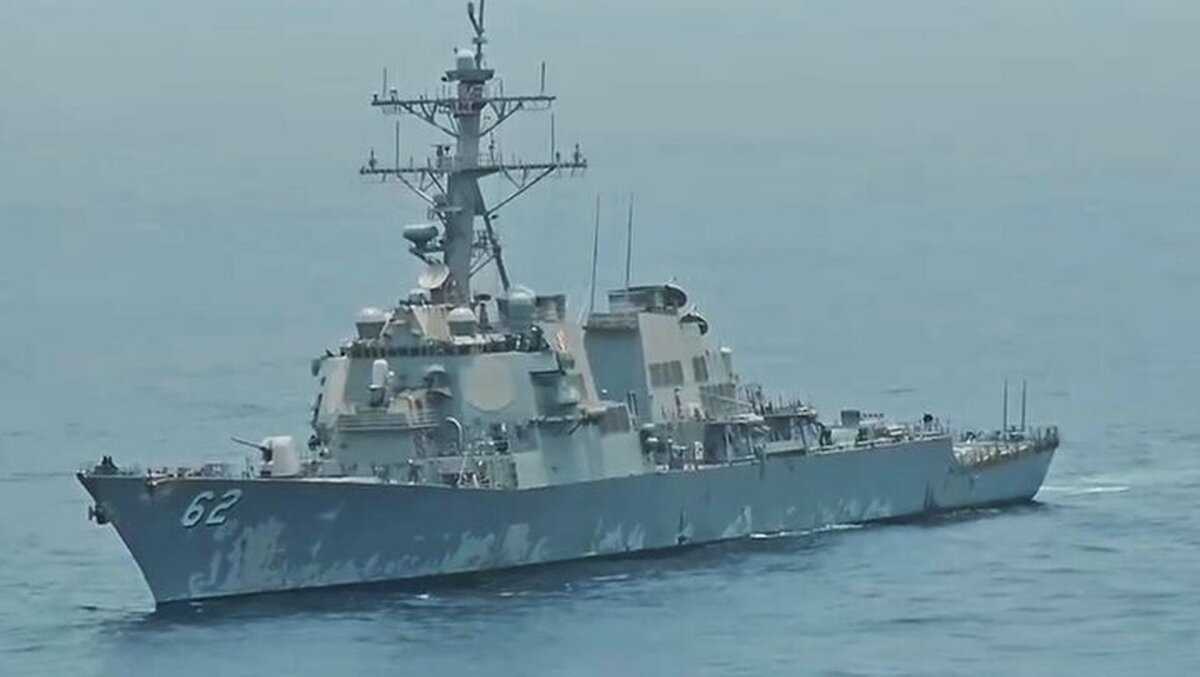
Fresh Impetus to Supply Water to Eastern Regions
EghtesadOnline: Chabahar Free Trade Zone Organization, Iranian Mines and Mining Industries Development and Renovation Organization (IMIDRO) and Iran East Supply and Development Infrastructures Co. signed a memorandum of understanding to divert water from the Oman Sea to Sistan-Baluchestan, South Khorasan and Khorasan Razavi provinces.
Abdolrahim Kordi, CEO of Chabahar FTZ, made the announcement on the sidelines on the signing ceremony on Monday in the port city of Chabahar (Sistan-Baluchestan Province), IRNA reported.
The only way to develop commerce and expand growth in Makran, a semi-desert coastal strip stretching along southeast Iran to Pakistan's Balochistan along the Persian Gulf, is to supply water from the Gulf of Oman, Financial Tribune quoted Kordi as saying.
“Transfer of water from the Persian Gulf—which connects the Arabian Sea to the Strait of Hormuz and, by extension, the Persian Gulf—is a necessity for large-scale development projects.”
The official went on to say that Chabahar is a parched region which needs at least 354,000 cubic meters of (desalinated) water every day.
Makran Coast has been designated as a prime location for development in south Iran. Its geographical proximity makes it an ideal commercial hub, but development projects cannot be carried out unless 130,000 cubic meters of water is supplied to area a day.
Regarding other advantages of the region, he said it will contribute to economic stability, create jobs and help industries thrive.
“The development of Chabahar is synonymous with economic growth for Sistan-Baluchestan Province,” he was quoted as saying.
Transferring water without harming the environment is an obligation, Qasem Taqizadeh Khamesi, director of the National Water and Wastewater Engineering Company of Iran (Abfa), said.
To find the best way forward, multi-faceted studies on the ecological and environmental conditions of the area as well as the environmental impact of transferring water are crucial, he added.
Environmental Costs
However, water experts including the managing director of Iran Water Resources Management Company, Mohammad Hajrasouliha say the environmental costs of water transfer far outweigh the benefits.
It is generally believed that such macro projects usually lead to environmental disasters like exacerbating soil erosion and throwing marine ecosystems out of balance.
He stressed that in addition to harming the eco-system, transferring water (via a 1,600km pipeline) would create false hope among farmers and undermine their duty to rethink their unacceptable and wasteful farming practices that have long reached crisis point.
The agriculture sector in the three provinces consumes 11 billion cubic meters of water every year.
"If they reduce consumption by 3% a year, there would be no need to spend $4 billion to transfer sea water to those regions," Hajrasouliha stressed.
Declining Rainfall
Data released by the Energy Ministry show that since the beginning of the current water year (September) rainfall (at 66 millimeters) has declined by 23% compared to last year.
The volume of water flowing into dams has reached 5.8 billion cubic meters, down 40% compared to the corresponding period a year ago.
Dams across the country can hold a maximum of 50 billion cubic meters of water. They are 51% full now.
Although experts largely consider water transfer schemes to be environmentally hazardous and destructive, using water from the Persian Gulf seems to be a necessary evil.
Iran is facing perpetual drought for years. Located in an arid and semi-arid area, the country is facing huge water deficits due to low precipitation and climate change coupled with waste and mismanagement.
Overconsumption and systemic depletion of underground resources for farming have made a bad situation worse.



